
Blog
Collecting Cithara Sanctorum: A Journey through Editions

Collecting Cithara Sanctorum: A Journey through Editions
As I wandered through the rows of the local antiques fair, my eyes were drawn to a weathered book resting on a display. Its familiar binding immediately caught my attention. This resplendent tome had crossed my path on several occasions in the past, each encounter revealing a different, yet equally lavish edition. I felt curious to unravel these distinct editions and to delve into the significance of Cithara Sanctorum (Harp of the Saints).
However, my quest was met with frustrating scarcity—a paucity of readily available information that did little justice to the impact Cithara Sanctorum had wielded throughout the ages. With this article, I’d like to rectify this oversight, especially aiming to help fellow antiquarians get a more comprehensive understanding of their cherished editions.
Tranovksy’s Biography
While my main focus is discussing the different editions of the Cithara Sanctorum, it’s important to provide some background on Tranovsky’s biography. We come across various transcriptions of his name – Jiri, Juraj, Jerzy, or Georgius. But where was he from, where did he work, and what language did he speak? This is where it all becomes murky.
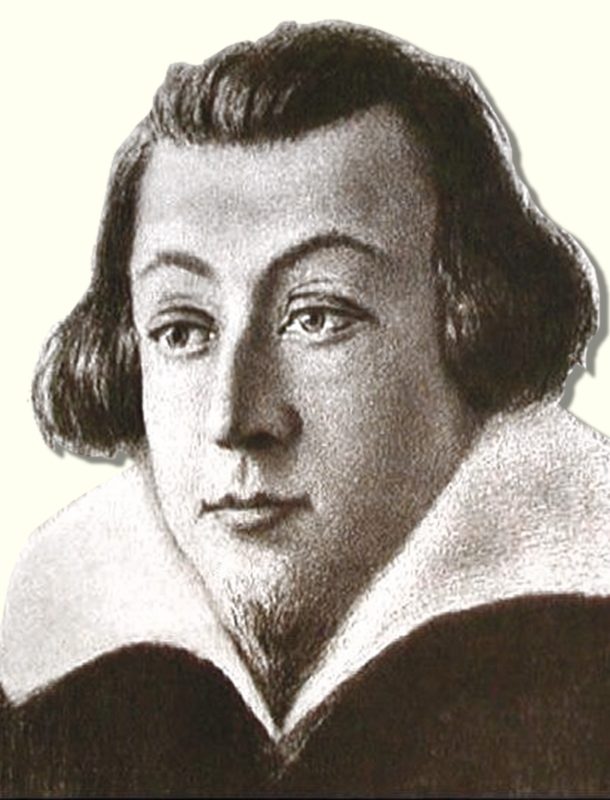 It is challenging to acquire precise information about the life of Jiri Tranovsky, the compiler of the Cithara Sanctorum, due to the limited sources available. This scarcity is a result of the destruction of memorials during the Thirty Years’ War and the persecution of the Lutheran Church under Leopold I. The earliest, and presumably most reliable, surviving biographical sketch of Tranovsky consists of personal accounts presented at his funeral. However, even with such limited data, it helps us understand the difficult circumstances he managed to overcome and leave a lasting legacy.
It is challenging to acquire precise information about the life of Jiri Tranovsky, the compiler of the Cithara Sanctorum, due to the limited sources available. This scarcity is a result of the destruction of memorials during the Thirty Years’ War and the persecution of the Lutheran Church under Leopold I. The earliest, and presumably most reliable, surviving biographical sketch of Tranovsky consists of personal accounts presented at his funeral. However, even with such limited data, it helps us understand the difficult circumstances he managed to overcome and leave a lasting legacy.
Tranovsky’s Origin, Language, and Profession
We know Jiri was born on 9 April 1592 and died on 29 May 1637. The family name “Tranovsky” was derived from his native village of Trzanovice, a village near Tesin in Silesia. While his birthplace made him Polish, as Tesin predominantly spoke Polish colloquially, Tranovsky adopted Czech as the literary and liturgical language. As a student, he Latinized his name to Tranoscius, following the conventions of learned men at the time. During his time in Wittenberg, where Martin Luther taught a century prior, Tranovsky likely spent about five years. He was drawn to Bohemia due to its Protestant population, religious freedom, and connections to Silesia. Ultimately, Tranovsky began his professional life in Prague.
Luther of the Slavs
One of Jiri Tranovsky’s remarkable contributions was his translation work. While he was not the first to introduce the gospel to his region, his notable achievements include a precise translation of the Augsburg Confession and the compilation and translation of a hymn collection.
The Augsburg Confession is a significant document in Protestant history that aimed to outline the beliefs and teachings of the Lutheran Reformation. The document consists of 28 articles expressing Lutheran doctrines and challenging certain practices and teachings of the Catholic Church. The translation of the Augsburg Confession into vernacular languages played a crucial role in the dissemination and spread of Lutheran beliefs and ideas.
Music and congregational singing played a vital role in the Protestant worship practice. In light of this, Tranovsky’s choice to create a distinct hymnal for the Slovaks was influenced by various factors:
- Firstly, Slovak Lutherans were dissatisfied with Czech hymnody based on the compromising Czech Confession of 1676. They sought hymns that aligned with their own theological beliefs, leading to the creation of the Cithara Sanctorum hymnal.
- Secondly, the scattered Slovak Lutherans needed an orthodox hymnal for private services held in their homes due to persecution and exile. The Cithara Sanctorum provided them with a reliable collection of hymns.
- Lastly, Tranovsky received support from pastors and noblemen who shared his disdain for theological compromise and believed he was the right person to publish a hymnal that upheld their convictions.
Cithara Sanctorum: Proliferation and Preservation of Faith
Cithara Sanctorum stands as a testament to Jiri Tranovsky’s passion for hymnody and his desire to inspire and uplift the faithful. This hymn book is known for its varied editions, which have become sought-after treasures for collectors. Thus, I wanted to consecrate this article to both colleague antiquarians and collectors who might want to put their own edition into context and help them evaluate their prized possession.
Editions of the Cithara Sanctorum:
1. First Edition Proper
The first edition of the Cithara Sanctorum, published around 1635 or 1636, is debated due to the lack of a complete copy. It likely appeared in early 1636, although the title page date suggests 1635. The book contained XXXII unnumbered pages, 700 numbered pages, and 36 unnumbered pages. Tranovsky’s foreword suggests the book was already printed by December 1, 1635. It was published in Levoča by Vavrinec Brewer and included musical notes.
The first edition of the Cithara Sanctorum received many congratulatory messages and verses, showing its enthusiastic reception. However, Tranovsky remained modest and didn’t disclose his own hymns. It took almost a century until Daniel Krman and publisher Vaclav Kleyoh investigated and identified Tranovsky’s hymns in 1734.
2. Further Editions of the 17th Century
- 2nd Edition (1638/1639): A reprint of the first edition that appeared shortly after with some exclusions
- 3rd Edition (1647): Published in Trenčin by Dorothy Vokalova with three new hymns added
- 4th Edition (1653): Published in Levoča by Vavrinec Brewer with 53 new hymns. This is the first edition with prayers added.
- 5th Edition (1669): Published in Trančin by Nicodemus Cžižka, similar to the Third Edition, Luther’s name appended to some hymns.
- 6th Edition (1674): Published in Levoča with significant additions and new editors (Both Samuel Tranovsky or Jeremiah Lednicky) both of whom have hymns appearing for the first time in this edition.
- 7th Edition (1680): Published in Levoča by Samuel Brewer. Limited information available.
- 8th Edition (1684): Published in Levoča, edited by Samuel Horčička with notable rearrangement of hymns in the general form they are found today.
- 9th Edition (1693): Unknown details, assumed to have 67 pp.
- 10th Edition (1696): Last edition of the 17th century. Published in Levoča by Brewer with additions, nearly all later editions dependent on this one.
3. Editions from the Beginning of the 18th Century until the Edict of Toleration
It is surprising that the first decade of the 18th century did not witness the publication of any edition of the Cithara Sanctorum. The editions of the Tranovsky hymnal during the first half of this century followed an interesting trajectory. Initially, they were published in Slovakia, then they migrated to Germany for a considerable period of time before eventually returning to Slovakia via Vienna.
- 11th Edition (1771): Place of printing unknown. Assumed to be published by Brewer’s successor.
- 12th Edition (1728): Published in Louben (?), Germany, a supplement of prayers added for the first time to this ed.
- 13th Edition (1734): Published in Louben, enlarged by 10 hymns.
- 14th Edition (1736): Published in Leipzig. Only this ed. has Tranovsky’s prayers appended to it.
- 15th Edition (1741): Published in Louben by Samuel Hruškovic.
- 16th Edition (1746): Published in Louben. The Jesuit censorship of 1768 made only one alteration in this arrangement of the Cithara, otherwise, the enumeration and arrangement – except for minor changes – has remained throughout the following eds.
- 17th Edition (1768): Published in Bratislava in 1768, underwent alterations due to Jesuit censorship. A section and 12 hymns were removed, and replaced by others of similar length. The edition can be classified into two versions, one labeled “Third Edition” and the other with specific publisher information. Both versions include the Phiala Sanctorum dated 1768.
- 18th Edition (1776): Published in Bratislava by Landerer’s and is the last edition before the Edict of Toleration. Phiala Sanctorum appended.

4. Editions of the First Half-century after the Edict of Toleration
After Emperor Joseph II issued the Edict of Toleration in 1781, significant events shaped the history of the Lutheran Church in Slovakia in the following half-century. The edict allowed for the practice of Protestantism, the construction of Lutheran churches, and the appointment of pastors and teachers. However, this period coincided with rationalism dominating religious thought and the composition of hymns, which had a negative impact on the Cithara Sanctorum editions. During this time, efforts surrounding the Cithara focused more on corrections rather than reforms, with numerous attempts to “correct” the hymnal.
During this period, additional supplements were included to enhance the completeness of the collection. However, these additions were always kept separate from the original body of 998 (or 1001) hymns. This era witnessed a proliferation of new editions of the Cithara. We found 32 editions up until 1931 when the last Bratislava ed. was published by Ludwig Landerer. After this ed. for the next six decades, Tranoscius was published only in Pest and twice in Budin.
Note: I will not be listing out all the editions during this period for the sake of brevity of this already extended article. Should anyone be interested in editions during this period, please feel free to contact me or ask questions in the comment section.
5. Last Period since 1832
During the time when Hungary was under the rule of the Ottoman Empire, the region experienced political and religious complexities. The Hungarian defeat was seen by some as a divine chastisement upon the perceived debauchery of the Catholic Church. Moreover, the presence of the Ottoman Empire in the region brought about favoritism toward Protestantism, as it was seen as less likely to support Western Catholic attempts to reconquer the territory.
However, that is not to say that publishers were motivated by religious sentiments. Quite the contrary, publishers in Budapest formed a monopoly as Tranoscious seemed to be very profitable.
- J. M. Trattner and Stephen Karolyi Editions: 13 editions published between 1832-1863. By this time the Trattner-Karolyi publishers of Pest had a virtual monopoly on the Tranoscius.
- Buchansky Editions: 15-17 editions published between 1864-1910. These were commercially successful editions seeking to monopolize the publication.
- Hornyanszky Editions: Consist of 13 editions from 1870-71 up until 1914. Published to improve the hymnal and correct errors.
6. Other Editions
- Mocko’s 1895 Edition – This is the most critical edition to date, printed in Ružomberok by K. Salva, with an extensive historical foreword by the Tranovsky scholar, Jan Mocko.
- Koloman Liptsey Budapest editions
- American editions
- Bekeščaba editions with foreword by L. Ž. Szeberenyi
- Spolok Tranoscius edition
Total Number of Editions
- Approximately 66 or 67 editions identified from 1832-1932
- Minimum of 113 editions throughout the hymnal’s history
A Note on the Source
For this article, my main source of information was a 1944 thesis titled “A History of the Cithara Sanctorum (Tranoscius)” by Jaroslav Vaja. This thesis has been invaluable, providing thorough and comprehensive accounts from various scholars and editors.
To ensure the article remains concise and informative, I have intentionally omitted many of the details. If you have any specific inquiries or additional contributions you’d like to make, please don’t hesitate to contact me or leave a comment.
I should note that the study I’ve referenced is from the mid-20th century, so any editions or updates that have emerged since then may be unfamiliar to me. However, for the purpose of this article, which caters primarily to antique collectors, the later editions are not expected to be of significant interest or relevance for at least the next 45 years.

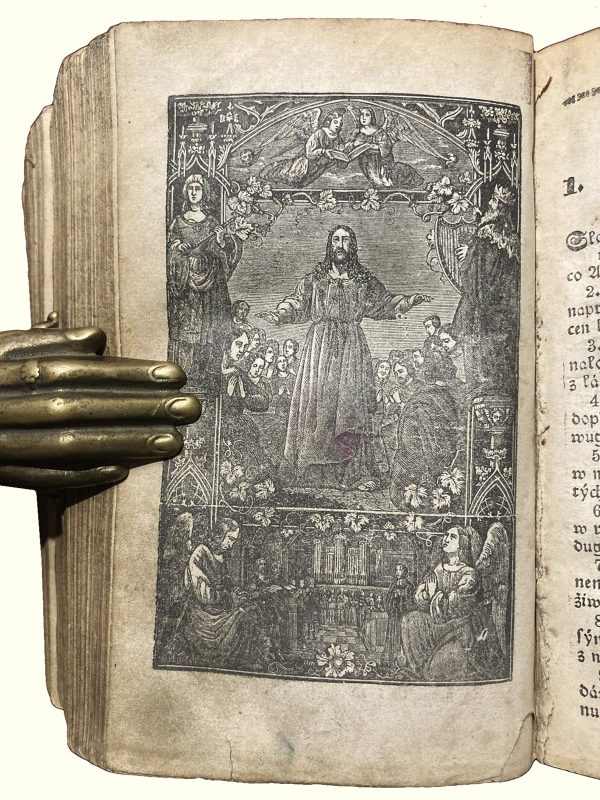
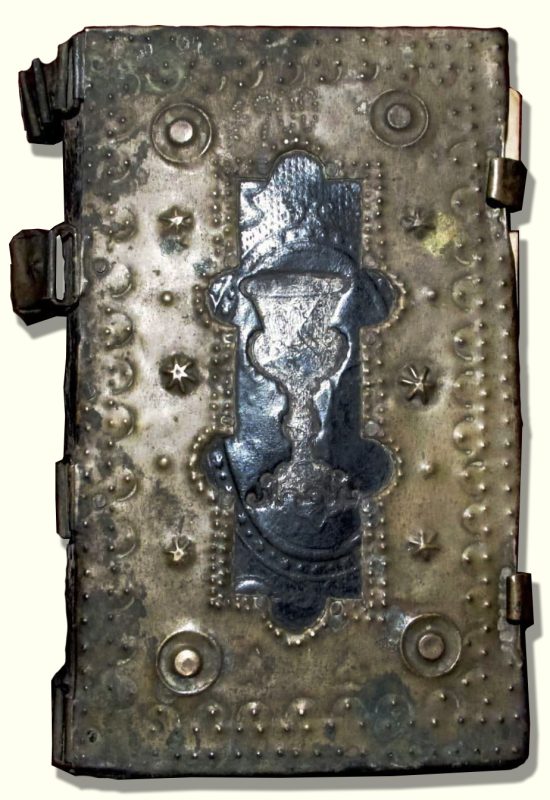



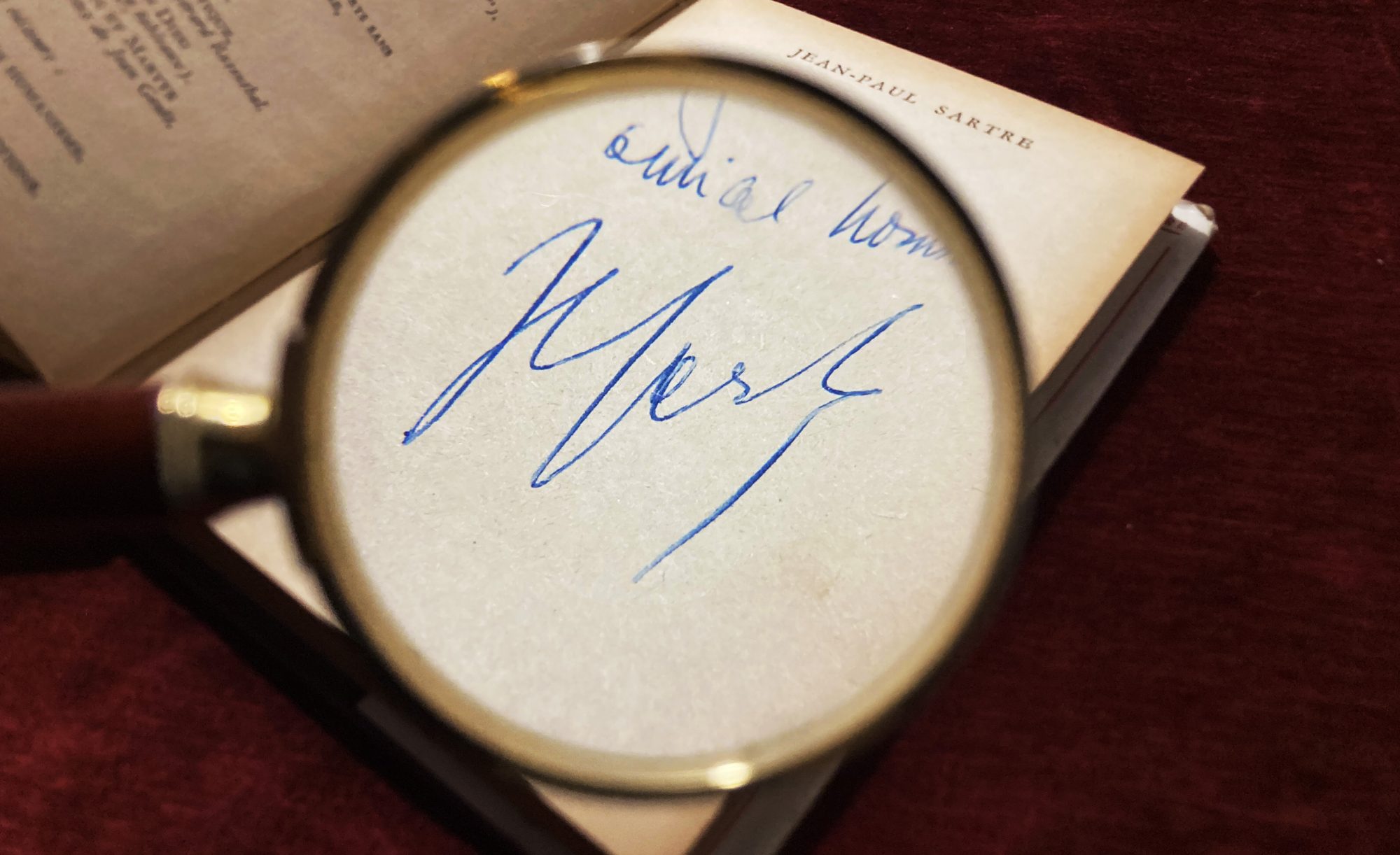


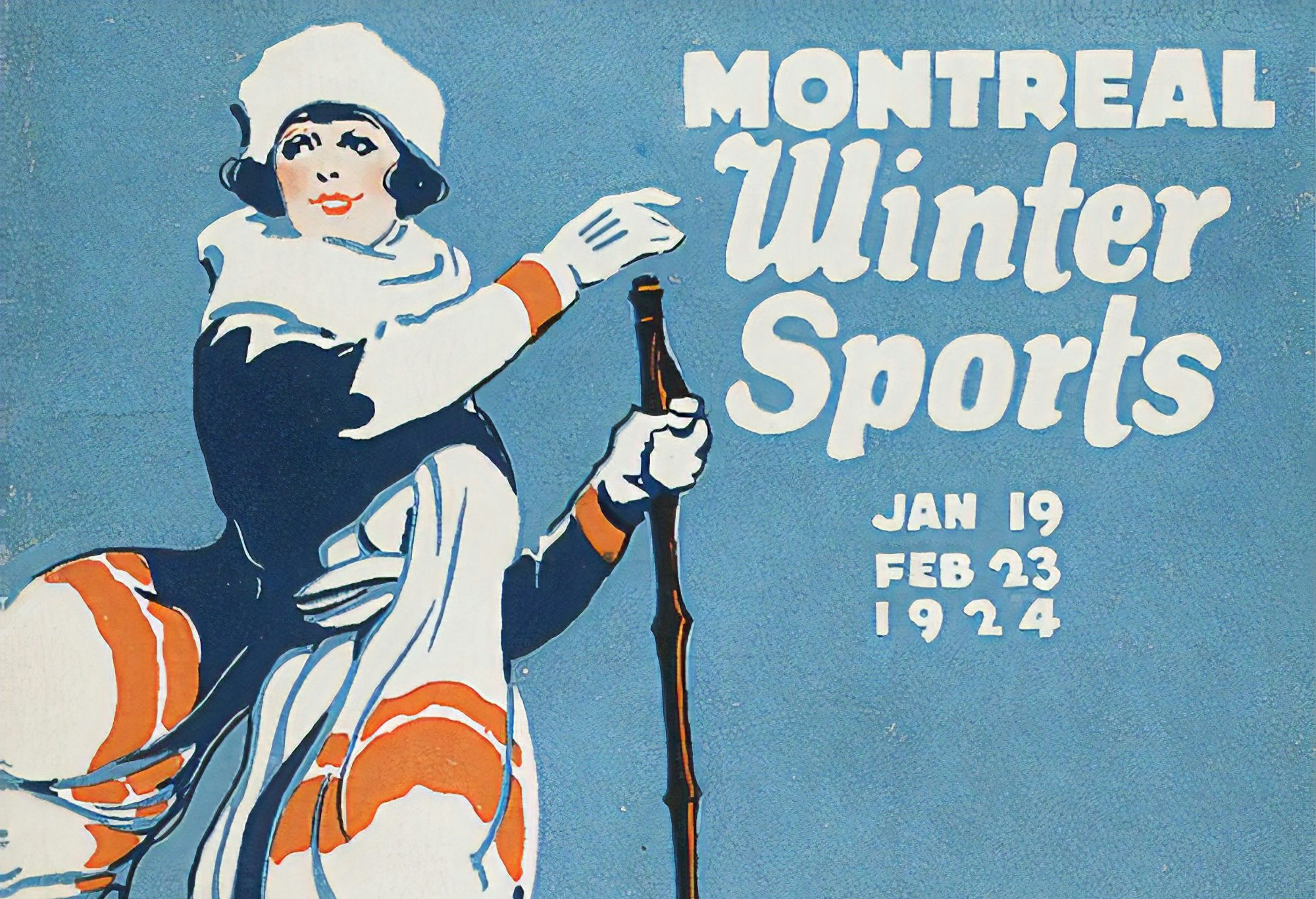






Hello, i have a copy of this book from 1896, if anyone is interested in buying you can contact me on my email